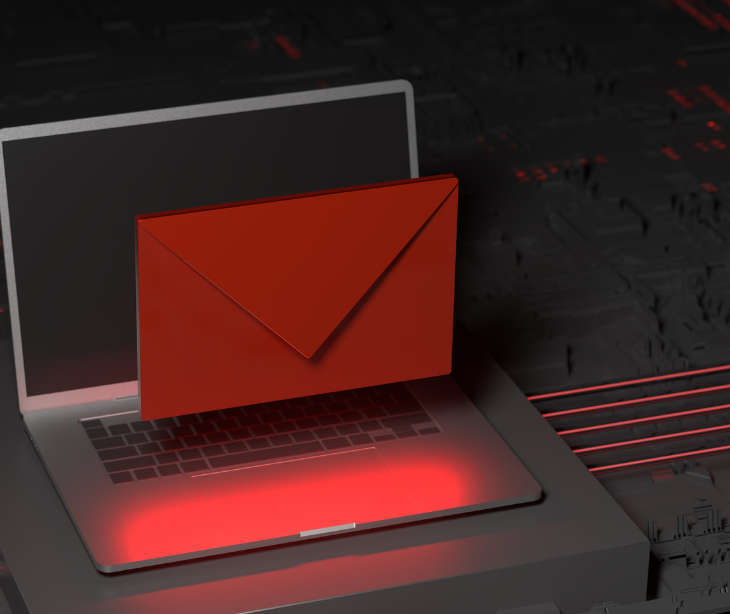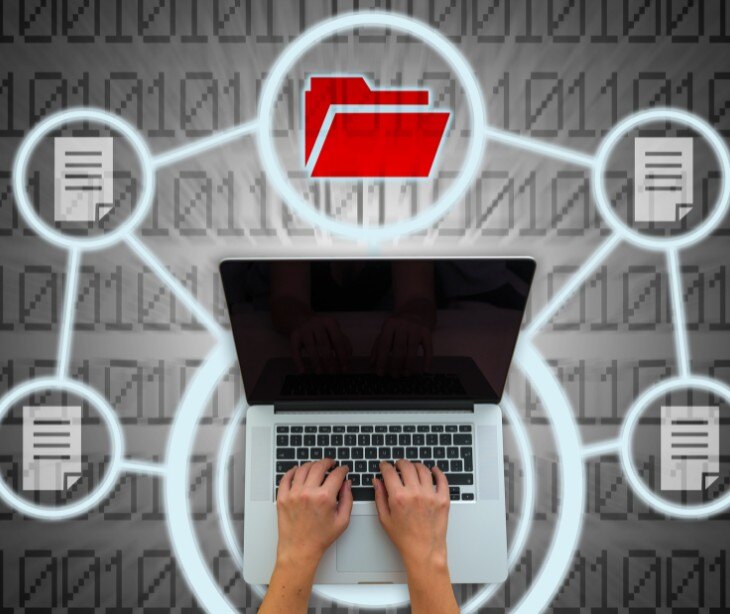
Organizations handling protected health information (PHI) must adhere to the Health Insurance Portability and Accountability Act (HIPAA) regulations. Achieving and maintaining HIPAA compliance in email communication is a multifaceted process that requires continuous effort and attention to detail.
The importance of HIPAA compliant email
- Patient privacy protection: Ensuring email communications adhere to HIPAA standards prevents unauthorized access, disclosure, or breaches of sensitive patient information.
- Legal compliance: Compliance with HIPAA regulations is a legal requirement for healthcare organizations. Failure to adhere to these standards can result in severe penalties, fines, and legal consequences. Using HIPAA compliant email helps healthcare entities avoid legal liabilities and demonstrates a commitment to regulatory compliance.
- Prevention of data breaches: Email is a common target for cyberattacks, and healthcare organizations are particularly vulnerable due to the valuable nature of PHI. HIPAA compliant email practices help prevent data breaches, protecting patients from identity theft and other malicious activities.
- Avoiding penalties and sanctions: Non-compliance with HIPAA regulations can result in significant financial penalties and sanctions. Utilizing HIPAA compliant email practices is a proactive measure to avoid these penalties.
- Secure communication among healthcare professionals: Secure email communication ensures that sensitive information is shared only with authorized individuals, supporting effective collaboration without compromising patient privacy.
- Mitigating risks associated with technology: As technology evolves, so do the risks associated with email communication. HIPAA compliant practices adapt to emerging threats, helping healthcare organizations stay ahead of cybersecurity challenges and mitigate the risks posed by evolving technologies.
- Improved patient care coordination: Secure email communication is essential for effective care coordination among different healthcare providers and entities. HIPAA compliant email practices contribute to seamless and secure patient care coordination.
Related: Understanding and implementing HIPAA rules
How do I know that my email is HIPAA compliant?
Ensuring email communication is HIPAA compliant is crucial for protecting sensitive healthcare information. Here are some general guidelines to help determine if an email is HIPAA compliant:
Encryption protocols
To safeguard PHI during transmission, it is essential to implement encryption protocols such as TLS or SSL. These cryptographic measures protect the data as it travels between the sender and recipient, minimizing the risk of unauthorized access.
Access controls and authentication
Maintain strict access controls by employing strong authentication methods. Implementing robust passwords, two-factor authentication (2FA), and limiting access on a need-to-know basis are critical steps to ensure that only authorized individuals can access PHI.
Audit trails for accountability
Keep detailed audit trails that track user activities related to PHI. This includes monitoring who accessed information, when, and any modifications made. Audit trails enhance accountability and assist in identifying and addressing potential security breaches.
Securing email servers
Regularly update and secure your email servers with the latest patches and security measures. Firewalls and other protective mechanisms should be in place to safeguard against unauthorized access and potential vulnerabilities.
Business associate agreements (BAAs)
If you utilize email service providers, ensure they sign business associate agreements (BAAs). These legal documents establish the responsibilities of service providers in safeguarding PHI, providing an added layer of assurance.
User training on HIPAA compliance
Educate your staff on the importance of HIPAA compliance and train them to recognize and handle PHI appropriately. Promote awareness about secure communication practices and the risks associated with mishandling sensitive information.
Securing email attachments
Extend security measures to email attachments containing PHI. Encrypt files or use password protection to ensure only authorized recipients can access the sensitive information.
Secure storage of email messages
If your email system stores messages, implement secure storage practices. This includes encryption and access controls to protect stored PHI from unauthorized access.
Comprehensive HIPAA compliance policies
Develop and enforce comprehensive HIPAA compliance policies and procedures within your organization. Clearly outline guidelines for email communication, PHI handling, and security measures to maintain compliance.
Regular audits and assessments
Conduct regular audits and assessments of your email system to identify and address potential vulnerabilities. This proactive approach ensures ongoing compliance and helps organizations avoid evolving security threats.
How do I send HIPAA compliant emails?
Sending HIPAA compliant emails involves implementing specific measures to ensure the secure transmission of PHI. Here's a guide on how to send HIPAA compliant emails:
- Use a secure email service: Choose a secure and HIPAA compliant email service provider, such as Paubox. Ensure the service adheres to HIPAA regulations, signs a BAA, and employs encryption for data in transit.
- Enable encryption: Ensure your email system supports rest and transition encryption. Use secure protocols like TLS or SSL to encrypt emails.
- Implement access controls: Limit access to PHI by implementing access controls. Ensure that only authorized personnel have access to sensitive information.
- Use secure attachments: When sending attachments containing PHI, encrypt the files or use password protection. This adds an extra layer of security to ensure that only intended recipients with the decryption key or password can access the sensitive information.
- Regularly update software and security measures: Keep your email software and security measures up-to-date. Regularly apply patches and updates to address any vulnerabilities that could be exploited by malicious actors seeking unauthorized access to PHI.
- Provide training for staff: Train staff on HIPAA compliance policies and the proper handling of PHI in emails. Ensure that employees know the risks associated with mishandling sensitive information and understand the organization's protocols for secure communication.
- Use secure networks: Send HIPAA compliant emails from secure networks to minimize the risk of interception. Avoid public Wi-Fi networks or unsecured connections when transmitting PHI.
- Monitor and audit email activity: Implement monitoring and auditing mechanisms to track email activities. Regularly review logs and audit trails to identify any unauthorized access or potential security breaches promptly.
- Obtain patient consent: Whenever possible, obtain patient consent before communicating sensitive information via email. Clearly explain the nature of the information to be shared and obtain explicit permission.
- Regularly review and update policies: Conduct regular reviews of your organization's policies regarding email communication and HIPAA compliance. Update policies as needed to align with changes in regulations or improvements in security practices.
- Secure email archiving: If your organization archives emails, ensure that the archiving system is also secure and compliant with HIPAA regulations. This helps in maintaining the security of PHI over the long term.
Go deeper:
Subscribe to Paubox Weekly
Every Friday we'll bring you the most important news from Paubox. Our aim is to make you smarter, faster.




